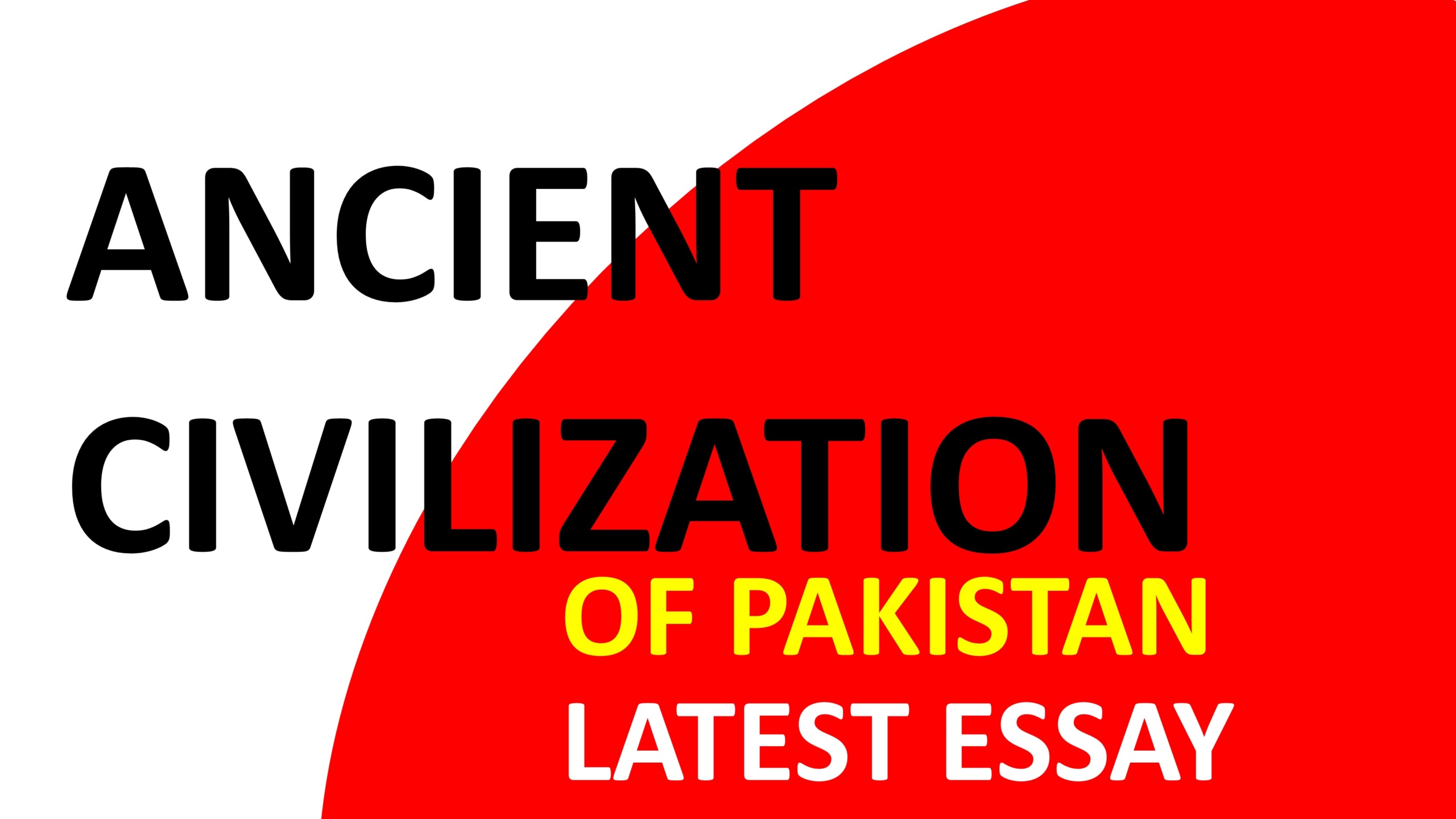Essay on Important Minerals and Energy Resources of Pakistan 2024

Important Minerals of Pakistan
Like agriculture, Pakistan is also trying to develop its mining sector. Different mineral and power resources are available in the country. However, in order to meet the growing needs of the country, we also have to import certain minerals. The Thar coal reserves in Sindh, and the gold and copper reserves in Balochistan can play important role in the country’s economy.
Few important minerals of Pakistan are as follows:
Copper
Copper is a good conductor of electricity. Therefore, it is widely used in electric cables manufacturing. There are rich copper reserves in the Sandak area of Balochistan. Apart from these, copper reserves are also found in Kalat, Sibi, Pishin, Waziristan and some other areas.
Iron Ore
Iron is the most useful and the cheapest mineral. In Pakistan, the biggest iron ore reserves are found in Kalabagh area. The other important areas include Lungreyal in Punjab, Domal Nisar and Galdanian in Khyber Pakhtunkhwa, and Chilghazi in Balochistan.
Chromite
Chromite is found in abundance in different areas of Pakistan. Its biggest reserves are found in Muslimbagh,Khanozai, Zhob and Lasbela in Balochistan. Whereas, in Khyber Pakhtunkhwa its limited reserves are found. Chromite is used for bringing strength and luster in iron.
Manganese
In Pakistan, limited reserves of manganese are found in Lasbela and Chaghi areas of Balochistan, and Galdanian of Khyber Pakhtunkhwa. Manganese is used for producing strength in iron.
Limestone
Reserves of limestone are found in many areas of Pakistan. Dandot and Daud Khel in Punjab, Harnai in Balochistan, and Hyderabad in Sindh are the important areas of its production. Limestone is used as raw material in cement industry.
Rock-Salt
There are huge reserves of high quality rock-salt in Pakistan. Its biggest mine is located at Khewrha (Punjab). The other important rock-salt producing areas include Warcha in Punjab (Khushab District), and Karak, Jatta Ismail Khel and Bahadar Khel etc. in Khyber Pakhtunkhwa.
Gypsum
In our country, rich reserves of gypsum are found in the Salt Range. The other areas include D.G.Khan, Bahawalpur, Quetta, Spin Tangi, Dadu and Sanghar. Gypsum is used in cement, fertilizer, paint and rubber industries.
Apart from the above mentioned minerals, some others are also found in considerable quantity in different parts of the country. These include metallic minerals like gold, silver, zinc, tungsten etc., and non-metallic minerals like antimony, china clay, sulphur, potassium, phosphate, Graphite etc.
Energy Resources of Pakistan
Different types of energy resources are available in Pakistan. These are described in detail as follows:
Natural Gas
In Pakistan, the biggest natural gas reserve was found in 1952 at Sui (Balochistan). The other important areas of natural gas production are Pir Koh and Uch in Balochistan, Mari, Kandhkot, Khairpur, Buzdar and Balchari in Sindh, and Dhodak, Adhi Pindhori and Mial in Punjab. The main usage of natural gas is in industry, transport, electricity production and domestic needs. During the past few years the use of natural gas, compared to oil, has increased in Pakistan. Now- a-days, natural gas is the biggest source of energy. The reserves of natural gas and petroleum are commonly found at the same place.
Petroleum
In Pakistan, the major use of petroleum is in industry, transportation and electricity generation. In ancient times, the land and sea animals were buried in the earth. The intensive heat and pressure in the Earth’s interior converted the remains of these animals into petroleum. Petroleum is a big source of energy in Pakistan. The domestic production of petroleum is not sufficient to meet the country’s requirements. Therefore, we have to import a large quantity of petroleum. In Pakistan, the important areas of petroleum production are Balkasar, Toot, Meyal, Kasowal, Joyamir and Dhulian in Punjab and Khaskheli, Laghari, Dhabi, Mazari and Tando Adam in Sindh.
Coal
In ancient times, thick forests were buried under earth. Due to the earth’s internal extreme temperature and pressure they converted into coal. In Pakistan the biggest coal reserve is found in Thar area of Sindh Province. The quality of our domestic coal is not good. Hence, very little need of the country is being fulfilled by this coal. Coal is mostly used in brick kilns, cement industry and electricity generation. During recent years, the rapid increase in gas and petroleum prices has increased the use of coal. In Pakistan, the important areas of coal production are Pidh, Dandot and Makarwal in Punjab; chamalang, Khost, Shahrig, Mach and Degari in Balochistan; Thar, Lakhrah, Jhemphir, Tando Adam and Thattha in Sindh etc.
Electricity
In Pakistan, the major sources of electricity are:
Hydroelectricity
Hydroelectricity is generated by water. It is the cheapest and pollution free method of electricity generation. Its production depends on the flow of water in rivers which depends on rainfall. That is why electricity generation reduces during the winter and dry season. The major hydroelectricity generation projects are Tarbela, Ghazi Barotha, Mangla, Warsak, Chashma and Nandipur.
Thermal Electricity
Thermal electricity is generated by using petroleum, gas or coal. It is considered high cost electricity compared to hydroelectricity. Its generation process pollutes the environment as well. However, its major benefit is that its generation is not dependent on season. In Pakistan, thermal power houses are found all over the country. Few of them are located in the following areas: Panjgoor, Hub, Multan, Pasni, Karachi, Guddu, Kotri, Lahore, Faisalabad, and Muzaffargarh etc.
Nuclear Electricity
Nuclear electricity is generated by radioactive elements like Uranium. Although it is high cost electricity but its benefit is that its generation neither depends on season nor on the supply of petroleum, gas or coal. The following are important nuclear power houses in Pakistan:
- Karachi Nuclear Power Project (KANUP)
- Chasma Nuclear Power Project-1
- Chasma Nuclear Power Project-2
Apart from the above mentioned sources, solar and wind electricity is also being generated at limited scale in Pakistan.




